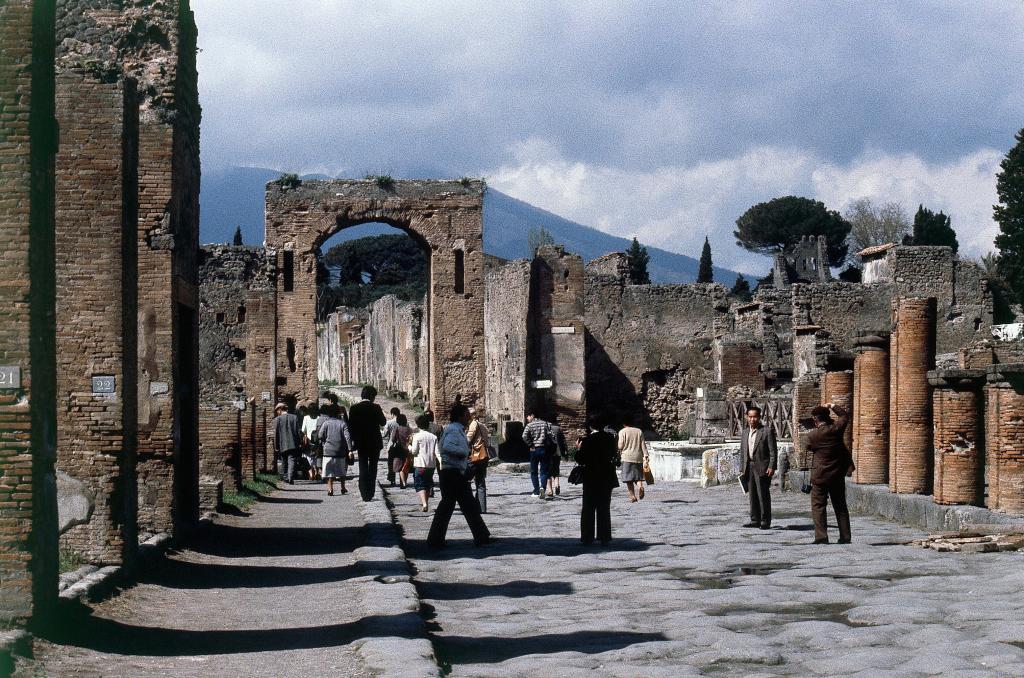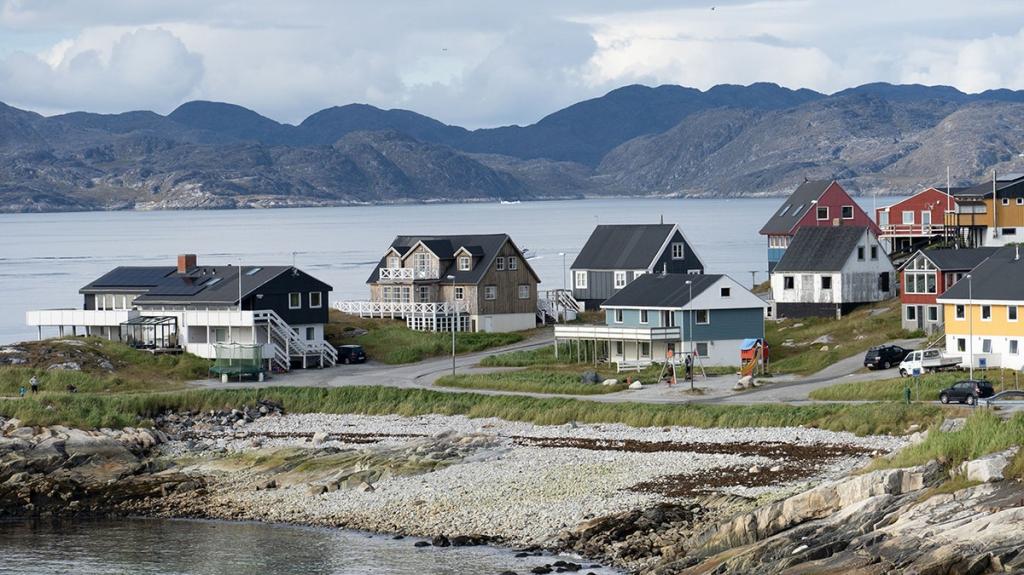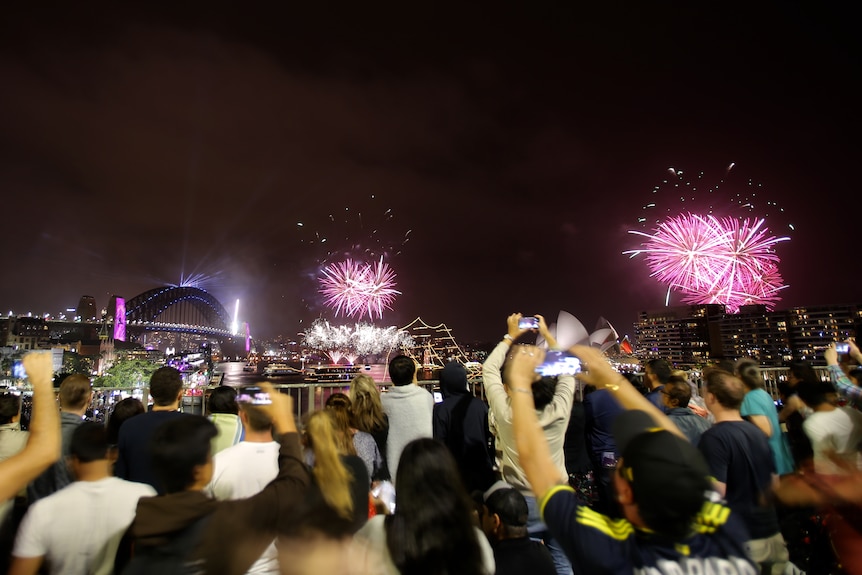New Visitor Limits at Pompeii to Protect Ancient Heritage
Explore how Pompeii is implementing visitor limits and personalized tickets to preserve its ancient heritage while enhancing the tourist experience.

Key Points
- Pompeii
will limit daily visitor numbers to 20,000 and introduce personalized tickets to combat overtourism and protect the site’s heritage.
- The park’s new policies include time slots for entry to enhance visitor experience during peak seasons.
- The "Greater Pompeii" project aims to promote nearby archaeological sites, encouraging exploration beyond the famous ruins.
The ancient ruins of Pompeii, a remarkable window into the everyday life of an ancient Roman city, have captivated millions of visitors since their rediscovery in the 18th century. However, a surge in tourism has raised concerns about the preservation of this
site. To combat overtourism and safeguard its invaluable heritage, officials have announced new measures aimed at limiting visitor numbers and enhancing the overall experience.

Understanding the Challenges of Overtourism
In the summer of 2023, Pompeii experienced a record-breaking influx of more than 4 million visitors. On specific days, especially during free-entry events, the site was overwhelmed with over 36,000 guests, an unsustainable figure for such a historically delicate area. This extreme visitor traffic not only poses risks to the fragile archaeological remains but also detracts from the overall visitor experience. Gabriel Zuchtriegel, the park's director, emphasized the need to alleviate pressure on the site to protect both its heritage and the safety of its guests.
New Visitor Policies: What to Expect
Starting November 15, Pompeii will implement several new policies to manage visitor numbers effectively. The daily cap will be set at 20,000, and tickets will become personalized, incorporating visitors' full names. This approach not only helps control the crowd but also supports a more organized and enjoyable experience during peak times.
To further streamline visitor flow, specific time slots will be assigned for entry during the busiest months. For instance, from 9:00 AM to 12:00 PM, a maximum of 15,000 tourists will be permitted, while an additional 5,000 will be allowed from 12:00 PM to 5:30 PM. This thoughtful scheduling is designed to create a more pleasant environment for everyone involved.
Promoting Sustainable Tourism Practices
The measures implemented at Pompeii align with a broader trend aimed at fostering sustainable tourism practices across Italy. Other popular destinations like
and Florence have also introduced restrictions to mitigate the effects of overtourism. For example, Venice has imposed a mandatory entry fee for day trippers during peak season, a strategy designed to control the volume of visitors and reduce wear on its iconic infrastructure.
As Zuchtriegel notes, the goal is to promote a form of "slow tourism" that allows people to appreciate the surroundings without overwhelming them. Pompeii's new policies reflect a commitment not only to the preservation of cultural treasures but also to enhancing the visitor experience by encouraging exploration of nearby archaeological sites.

Expanding Cultural Exploration: The Greater Pompeii Project
In addition to managing visitor traffic, the Pompeii archaeological park is launching the “Greater Pompeii” project. This initiative aims to promote lesser-known archaeological sites in the surrounding area, such as Stabiae,
, and Boscoreale. A free shuttle service will be available to transport visitors to these hidden cultural gems, offering them a broader perspective on the region’s rich history.
This approach not only alleviates congestion at Pompeii but also highlights the diverse cultural heritage found throughout
. Such initiatives encourage visitors to appreciate the area's significance beyond just the famous ruins, contributing to a more enriching travel experience.
A Path Forward for Heritage Preservation
Pompeii stands as a testament to human ingenuity and resilience, but it faces unique challenges due to its popularity. By implementing these new visitor limits and promoting sustainable tourism practices, the archaeological park is taking crucial steps to ensure that future generations can experience its wonders. Preserving such important cultural heritage is a shared responsibility, and every measure taken in this direction is a step towards securing that legacy.
As we look toward the future of tourism, the changes in Pompeii serve as a beacon of hope. They reflect an increasing awareness of the need to protect our world heritage sites while still encouraging visitors to explore and learn. With a commitment to sustainability and preservation, we can all enjoy the incredible history that places like Pompeii have to offer.


